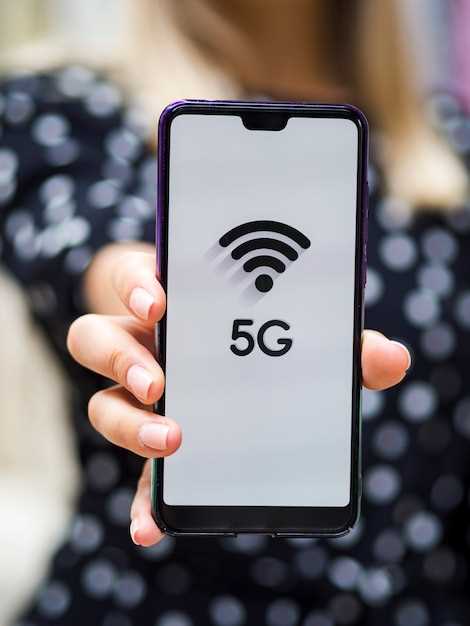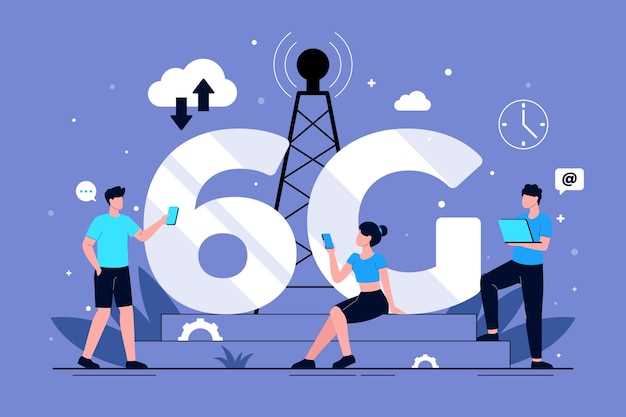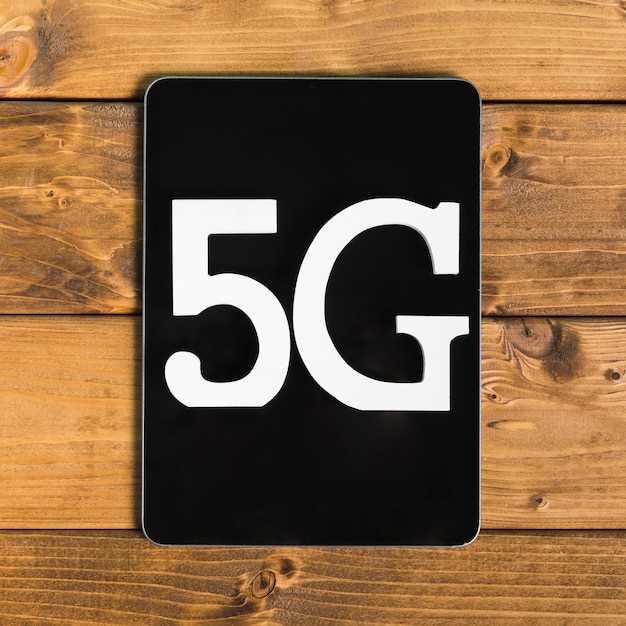
Mobile connectivity is a cornerstone of modern life, enabling us to stay connected with the world at our fingertips. However, sporadic transitions between 5G and 4G networks can disrupt our online experiences, leaving us perplexed as to why our devices seem to fluctuate between these two technologies.
This article delves into the intricate factors that can trigger such network shifts, arming you with the knowledge to diagnose and resolve the underlying causes. By understanding the nuances of mobile network operation, you can regain stable and seamless connectivity, ensuring that your online endeavors remain uninterrupted.
Why Does My Phone Switch From 5G to 4G?
Table of Contents
The transition between 5G and 4G networks on your phone can be irksome. Understanding the reasons for this shift can help you troubleshoot the issue and ensure a seamless mobile experience.
Common Causes for 5G to 4G Transition
- Network Availability: Limited 5G coverage in certain areas forces devices to connect to the more widely available 4G network.
- Signal Strength: When 5G signals are weak, your phone may prioritize a more stable 4G connection for better reception and call quality.
- Device Compatibility: Some older phones may not fully support 5G networks, resulting in automatic fallbacks to 4G.
- Data Usage: To save data usage, especially in areas with limited data plans, phones may switch to 4G which has lower bandwidth.
- Battery Life: 5G requires more power to transmit and receive signals. To extend battery life, devices may switch to 4G when not heavily utilizing data.
Signal Strength and Availability

The strength and availability of cellular signals play a pivotal role in determining whether your device operates on 5G or 4G. Stronger signals indicate greater proximity to cellular towers, resulting in enhanced connectivity and bandwidth capabilities. Conversely, weaker signals or intermittent availability can trigger a switch to 4G as the more stable and reliable option.
Network Congestion and Capacity

The availability of 5G connectivity is influenced by factors such as network congestion and capacity. Congestion occurs when the number of devices connected to a network surpasses its capacity to handle the traffic. This results in slower speeds and potential interruptions to the 5G connection, causing it to fall back to 4G for stability. Capacity refers to the maximum number of devices that a network can accommodate without experiencing congestion, and it varies depending on the network infrastructure and the number of users in a given area.
Phone Settings and Carrier Compatibility
Understanding the phone settings and ensuring carrier compatibility is crucial in resolving the issue of your device switching from 5G to 4G. Various factors related to these aspects can contribute to the connection fluctuations.
Hardware Limitations and Device Age
The technological capabilities of a device can significantly impact its ability to maintain a stable 5G connection. Older devices or those designed with limited hardware may not have the necessary components to fully support the demands of 5G networks.
|
Hardware Component |
Impact on 5G |
|---|---|
|
Antenna |
Weak antennas can result in poor signal reception and frequent 5G to 4G transitions. |
|
Modem |
An outdated modem may not be compatible with newer 5G bands or technologies. |
|
Processor |
A slow processor may struggle to handle the high-bandwidth data processing required for 5G. |
|
Battery |
Weak batteries can lead to premature power drain, affecting 5G connectivity. |
Other Factors to Consider
In addition to the technical aspects explored earlier, there are other factors that can influence the behavior of your mobile device and its ability to maintain a stable 5G connection. These include:
Network Congestion: In areas with a high concentration of mobile devices, network congestion can cause a decline in signal strength and data speeds. This can lead to fluctuations between 5G and 4G connectivity as the device attempts to find the most stable connection.
Signal Obstructions: Physical barriers such as buildings, trees, and weather conditions can interfere with the 5G signal. If your device encounters obstacles that weaken the 5G signal, it may switch to 4G as a more reliable option.
Power Saving Mode: To conserve battery life, some devices prioritize low power consumption over network performance. This can lead to the device automatically transitioning to 4G when not actively using bandwidth-intensive applications.
Incompatible Apps: Certain applications may not fully support 5G connectivity. If you experience connectivity issues while using a specific app, consider checking its compatibility with your device and network.
Understanding these additional factors can give you a more comprehensive context for troubleshooting the switch between 5G and 4G on your mobile device.
Troubleshooting the Switch
If your mobile device unexpectedly transitions from 5G to 4G, several factors might be at play. This section will guide you through a comprehensive troubleshooting process to identify and resolve the root cause of the issue.
Possible Causes and Solutions
| Cause | Solution |
|---|---|
| Signal Strength | Move to an area with stronger 5G signal coverage. |
| Network Congestion | Wait for network congestion to subside or connect to a different network. |
| Software Updates | Install any pending software updates for your device and carrier. |
| SIM Card Issue | Remove and reinsert your SIM card to ensure it is properly seated. |
| Device Settings | Configure your device settings to prioritize 5G connectivity if available. |
| Underlying Hardware Issues | Contact your device manufacturer or carrier for further assistance or potential repair. |
Q&A
When does my phone switch from 5G to 4G?
There are several reasons why your phone might switch from 5G to 4G. One possibility is that you are moving out of an area with 5G coverage. Another possibility is that your phone is experiencing a weak 5G signal. In this case, your phone may switch to 4G to maintain a more stable connection. Additionally, your phone may switch to 4G to conserve battery life. 5G networks can consume more power than 4G networks, so your phone may switch to 4G to extend its battery life. Finally, your phone may switch to 4G if it is experiencing an issue with the 5G network. If you are experiencing frequent 5G to 4G switches, it is possible that there is a problem with the 5G network in your area.
How can I stop my phone from switching from 5G to 4G?
There are a few things you can do to stop your phone from switching from 5G to 4G. First, make sure that you are in an area with good 5G coverage. If you are not sure if you are in a 5G coverage area, you can check with your carrier. Second, try to keep your phone away from sources of interference, such as metal objects and thick walls. Third, make sure that your phone’s software is up to date. Software updates can often include fixes for issues that can cause the phone to switch from 5G to 4G. Finally, if you are still experiencing frequent 5G to 4G switches, you may need to contact your carrier for support.
Is it bad if my phone switches from 5G to 4G?
No, it is not bad if your phone switches from 5G to 4G. In fact, it is quite common for phones to switch between 5G and 4G depending on the signal strength and other factors. 5G networks are still relatively new, and they are not yet as widespread as 4G networks. As a result, it is not unusual for phones to switch to 4G when they are out of range of a 5G network. Additionally, 4G networks are more power-efficient than 5G networks, so switching to 4G can help to extend your phone’s battery life.
 New mods for android everyday
New mods for android everyday



